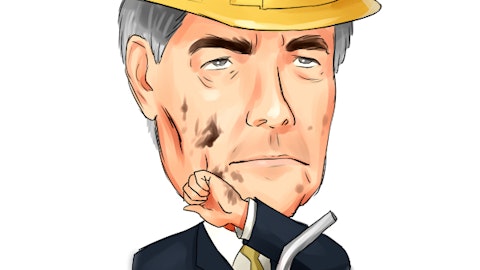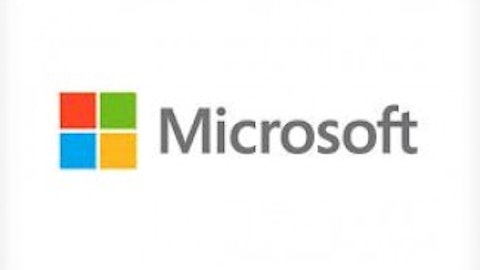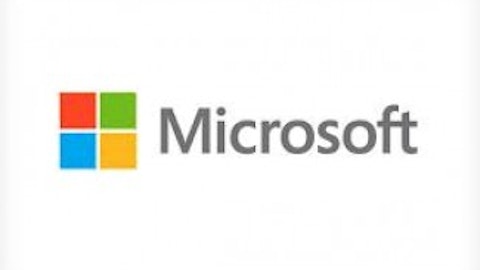The atrocities in Syria are beyond comprehension. The horrors that the people of that country are enduring are terrible. Those that are responsible should be shown no mercy. While this is not the platform to address the evils that are happening in Syria, it should be made perfectly clear that this author doesn’t take such events lightly.
However, as investors, there are lessons that we can draw from the market’s reaction to the news of a possible U.S. military intervention in Syria. Let’s take a look at what’s going on, and a historical parralel.
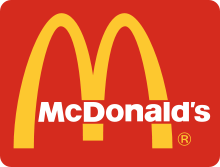
It’s never what economists or analysts predict
Nearly all of the major market shifts are a product of something that’s unpredicted. And while it’s still very early in this story, there’s little doubt that a prolonged U.S. military involvement in Syria will have an impact on Wall Street. Let’s take a look at how the Gulf War in 1991 affected the markets:

A quick summary of the events:
- Iraq invaded Kuwait on August 2, 1990
- Operation Desert Shield began on August 7, 1990
In about three weeks, the US markets gave up more than 9% of their value. This had little to do with the fundamentals of the market, or of the businesses that made it up. Sure, a massive military action of unknown length and expense would have an affect on the results of the businesses, but the market’s reaction, i.e. mass selling by investors, was a product of uncertainty and fear.
Let’s take a look at another chart:
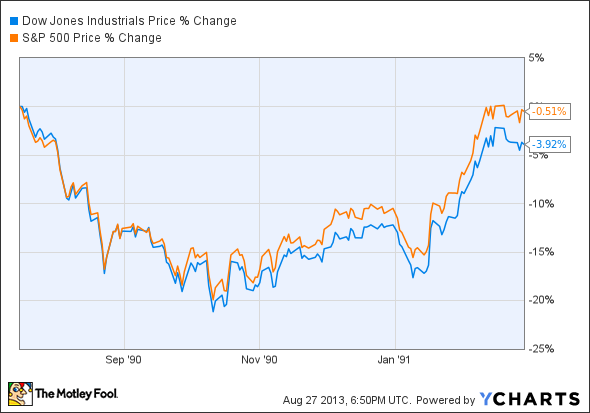
This covers the seven month period of the war, both operations Desert Shield and Desert Storm; the market ended up roughly back where it started. However, here’s what would happen to the markets over the next two years:
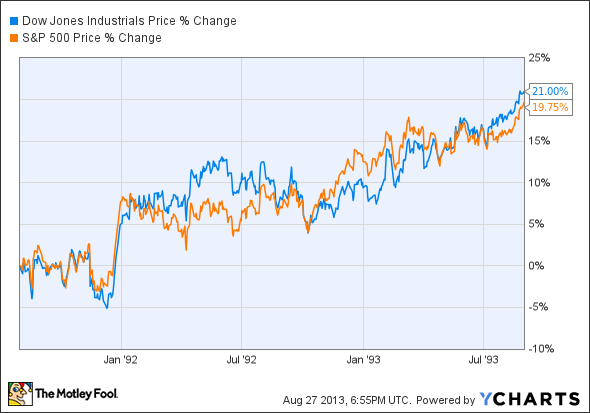
Starting at the end of Desert Storm, the market would produce slightly above-average returns for two years.
So what’s the point?
Selling out of the market-especially for those with long-term investment goals-likely led many to delay getting back in once the war was “over.” Further anchoring on price, and hoping for a dip to get back in, could have caused this exact reaction, leading many to miss out on the quick run-up in early 1992.
The point? It’s another example of how timing the market can lead to not just losses, but missing out on big gains.
Specific companies you might have missed, and the bigger picture
Four companies that could have been in a number of portfolios in the early 1990s include McDonald’s Corporation (NYSE:MCD), Exxon Mobil Corporation (NYSE:XOM) (which was just Exxon at the time), General Mills, Inc. (NYSE:GIS), and even a growth stock like Microsoft Corporation (NASDAQ:MSFT). Here’s a peek at how these three companies fared for two years, starting at the beginning of Desert Shield:

Not only did all four of these companies, all in distinctly different business, perform well over this two year period, but all four outperformed the market. Sure, Exxon Mobil Corporation (NYSE:XOM) was not a popular company 17 months removed from the Valdez spill. And Microsoft Corporation (NASDAQ:MSFT), still very early in its story, generated only $1 billion in revenue in 1990. But McDonald’s Corporation (NYSE:MCD) and General Mills, Inc. (NYSE:GIS) were, much as they are today, established brands and household names. The bottom line, with the exception of Exxon Mobil Corporation (NYSE:XOM)’s oil interests in the Middle East, the war would offer essentially no material impact to the long-term results of these businesses.
And let’s not forget about dividends. General Mills, Inc. (NYSE:GIS) paid a 4% dividend, Exxon Mobil Corporation (NYSE:XOM) 3%, and even McDonald’s Corporation (NYSE:MCD) was paying out .75%. Attempting to jump in and out of the market can leave that essentially free money on the table.
Where are we today, and the value of the long view
McDonald’s Corporation (NYSE:MCD) has established itself as the undisputed international king of fast food, rewarding long-term shareholders to the tune of 1,680% total returns (dividends included) since the start of the first Gulf War. Exxon, now Exxon Mobil Corporation (NYSE:XOM), has returned 1,220% since, while Microsoft Corporation (NASDAQ:MSFT) has returned an astounding 4,950%. Even boring old General Mills, Inc. (NYSE:GIS) has sold enough Cheerio’s to drive a total return of 920%.
Investors that took the time to avoid getting caught up in the noise, and focused instead on the long-term outlook of the companies themselves, would have been strongly rewarded. $5,000 invested equally in these four companies back then would be nearly $110,000 today. That’s a nice addition to anyone’s retirement. Even an investment in an S&P 500 index fund would have turned $5 grand into $33,000.
Final thoughts
While it’s easy to look back and cherry pick the best companies, focusing on that single aspect misses the point. It’s not picking companies that hurts investor’s returns the most: It’s picking when. Keep your focus on good companies or index funds, and your timeline. If you’re decades from retirement, timing the market will inevitably cost you more than you’ll gain, so stay invested and be a net-buyer. Let the market’s volatility work in your favor instead of trying to time a market you’ll never be able to predict.
The article Gonna Stop This Bull Market? You and What Army? originally appeared on Fool.com and is written by Jason Hall.
Jason Hall owns shares of Microsoft. The Motley Fool recommends McDonald’s. The Motley Fool owns shares of McDonald’s and Microsoft.
Copyright © 1995 – 2013 The Motley Fool, LLC. All rights reserved. The Motley Fool has a disclosure policy.
